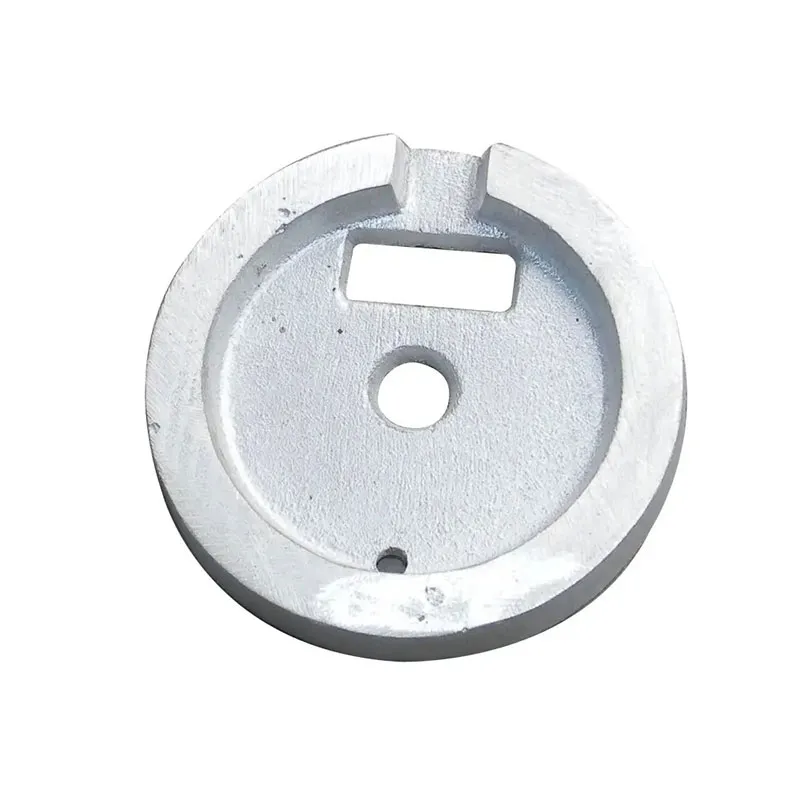die casting small parts
The Importance of Die Casting Small Parts in Modern Manufacturing
Die casting is a crucial manufacturing process that has gained significant importance in various industries, particularly for producing small parts with high precision and detail. By utilizing molten metal poured into a mold, die casting allows manufacturers to create complex shapes and designs that would be challenging or impossible to achieve with traditional machining methods. This article explores the significance of die casting small parts, the advantages it offers, and its applications across different sectors.
The Die Casting Process
Die casting involves injecting molten metal into a reusable mold under high pressure. The mold consists of two halves, which are closed before the metal is introduced. Once the metal solidifies, the mold is opened, and the finished part is ejected. This process is highly efficient, allowing for high production rates and consistent quality. The two primary types of die casting are hot chamber and cold chamber casting, each suited to different materials and applications.
Advantages of Die Casting Small Parts
1. Precision and Detail One of the key advantages of die casting small parts is the exceptional precision it offers. The molds can be engineered to high tolerances, ensuring that the resulting parts meet strict specifications. This level of detail is particularly beneficial in industries such as electronics and automotive manufacturing, where small components must fit together seamlessly.
2. Complex Geometries Die casting enables the production of intricate designs and complex geometries that would be difficult to achieve through other manufacturing techniques. This capability is advantageous when creating parts with unique features or intricate internal structures, allowing for innovative designs that enhance product functionality.
3. Material Efficiency Die casting is known for its material efficiency. The process tends to produce minimal waste, as excess metal can often be recycled for future use. Additionally, the accuracy of the die casting process means that there is a lower likelihood of needing to produce extra parts to accommodate defects, further reducing waste and cost.
die casting small parts

4. High Production Rates Die casting small parts allows for rapid production cycles, making it ideal for mass production. The ability to produce thousands of identical parts quickly and consistently is a significant advantage for companies looking to meet high demand while maintaining quality.
5. Durability and Strength The metals commonly used in die casting, such as aluminum, zinc, and magnesium, exhibit excellent mechanical properties. Parts created through die casting are typically stronger and more durable than those produced through other methods. This strength is critical in applications where components must withstand high stress or extreme environments.
Applications of Die Casting Small Parts
Die casting small parts is widely employed in various industries, including automotive, aerospace, electronics, and consumer goods. In the automotive industry, components such as housings, brackets, and engine parts are often manufactured using die casting due to the need for lightweight yet strong materials. Similarly, the aerospace sector benefits from the ability to create complex and lightweight parts, which contribute to fuel efficiency.
In electronics, die casting is used to produce housings for devices, connectors, and other critical components that require precise measurements to ensure proper functionality. Additionally, in the consumer goods sector, items ranging from kitchen appliances to sporting equipment are often manufactured using die casting to meet consumer demands for quality and reliability.
Conclusion
Die casting small parts is a transformative manufacturing process that delivers precision, complexity, and efficiency. As technology advances, the capabilities of die casting continue to expand, further solidifying its role in modern manufacturing. Companies that leverage this process benefit not only from high-quality components but also from sustainable practices that reduce waste and support economic viability. With its diverse applications and inherent advantages, die casting small parts will remain a cornerstone of manufacturing in various industries for years to come.
-
OEM Sand Cast Pump Valve Fittings - Baoding Hairun Machinery And Equipment Trading Co., Ltd.NewsAug.01,2025
-
Custom OEM Impellers | High Efficiency & PrecisionNewsAug.01,2025
-
OEM Sand Cast Pump Valve Fittings - Baoding Hairun Machinery | Customization, Quality AssuranceNewsAug.01,2025
-
OEM Sand Cast Pump Valve Fittings - Baoding Hairun Machinery And Equipment Trading Co., Ltd.NewsAug.01,2025
-
OEM Sand Cast Pump Valve Fittings - Baoding Hairun Machinery And Equipment Trading Co., Ltd.NewsJul.31,2025
-
OEM Sand Cast Pump Valve Fittings - Baoding Hairun | Precision Engineering, CustomizableNewsJul.30,2025















